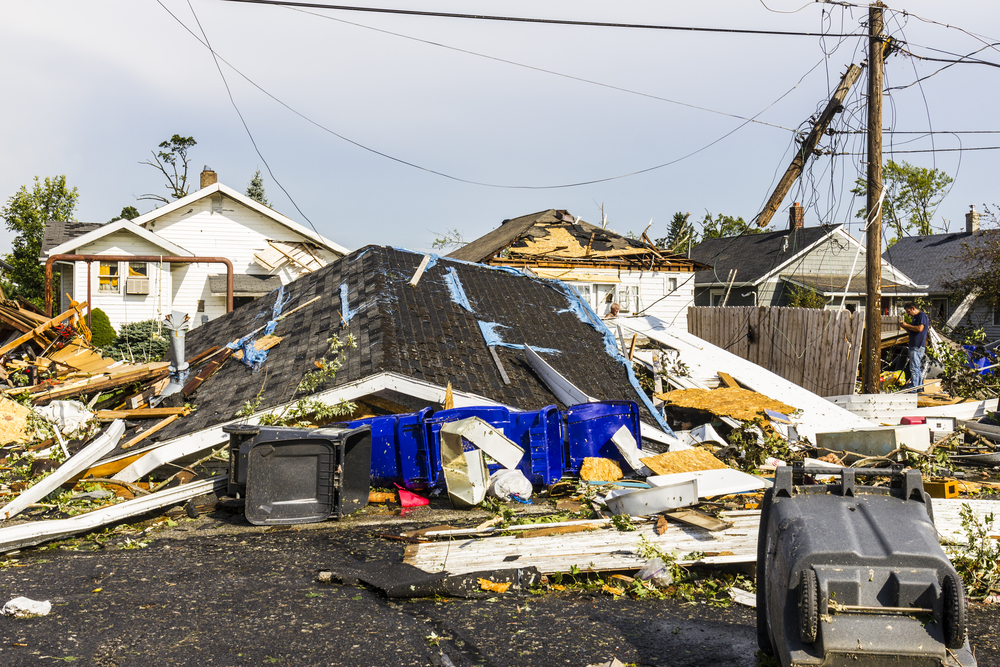Hurricanes are not as sudden as tornadoes and earthquakes, but they are unpredictable and cause severe damage to property, infrastructure, and human life. Businesses in vulnerable regions, including commercial real estate (CRE), face challenging financial concerns when hurricanes strike. Hurricanes affect both commercial and residential areas in equal measure. This article will provide seven remediation steps for residents if a hurricane damages their houses.
1. Safety First
Once the hurricane has passed, the first instinct is to assess the extent of damage to the property, but this should not be the case. It is essential to prioritize your safety and that of your community because hurricanes leave behind damaged roofs, broken glass, and other hazards. Take the necessary precautions before you assess your property.
Ensure there is no threat of electrocution because some power lines may be active but covered in mud. It is essential to stay away from your house until the power is cut. Evacuate your family as soon as possible if you realize your home’s roof is unstable until professionals inspect it. Notify the gas company as soon as you recognize the smell of natural gas on your property.
2. Secure the Property
Avoid further damage to the property by removing valuable items that risk sustaining further damage. Find ways to remove excess water in the house since it could lead to mold growth and more damage to the property. At this point, you reach out to professional emergency restoration service providers within your area.
3. Document the Damage
Once the first two steps are done, you are at liberty to assess the damage caused by the hurricane. This is an emotional process but mandatory since you must file an insurance claim. The strategy calls for the utmost sobriety because the insurer will need photographs of the damaged property and manufacturer identifiers. Check all property within the house, room by room, and others, such as the outdoor HVAC unit.
4. Engage the Insurance
If your specific policy allows you to claim the hurricane damage on your provider, you will need to call them. To avoid making the claim process longer, ensure that you have attached all documents in the claim form. Attach other receipts of costs that you may have incurred in the process of restoration.
5. Find Reputable Emergency Restoration Services
Hire a professional restoration company to handle the damages and get your property back to habitable standards. The company you engage in should have comprehensive experience in handling the types of damage to your property.
6. Avoid Contaminations
You need to assess anything that could have a chance of contamination and discard it. Your floor carpets should be removed and disposed of because of the possible contaminations. According to the CDC, you should engage a restoration contractor who is a member of the Institute of Inspection Cleaning and Restoration Certification (IICRC) or ASCR. Such a contractor will remove all contaminated possessions.
7. Dry the Place
Your contractor will use the most convenient methods to remove water from the house, but you will need to employ longer-serving methods. Install a dehumidifier to get rid of excess humidity in the house to avoid your property developing mold and causing health infections.
Emergency restoration services from admirable organizations such as Regency Disaster Response Team (DRT) will sufficiently restore your property. Call us today for an emergency plan in preparation for any sudden calamity or restoration services.
